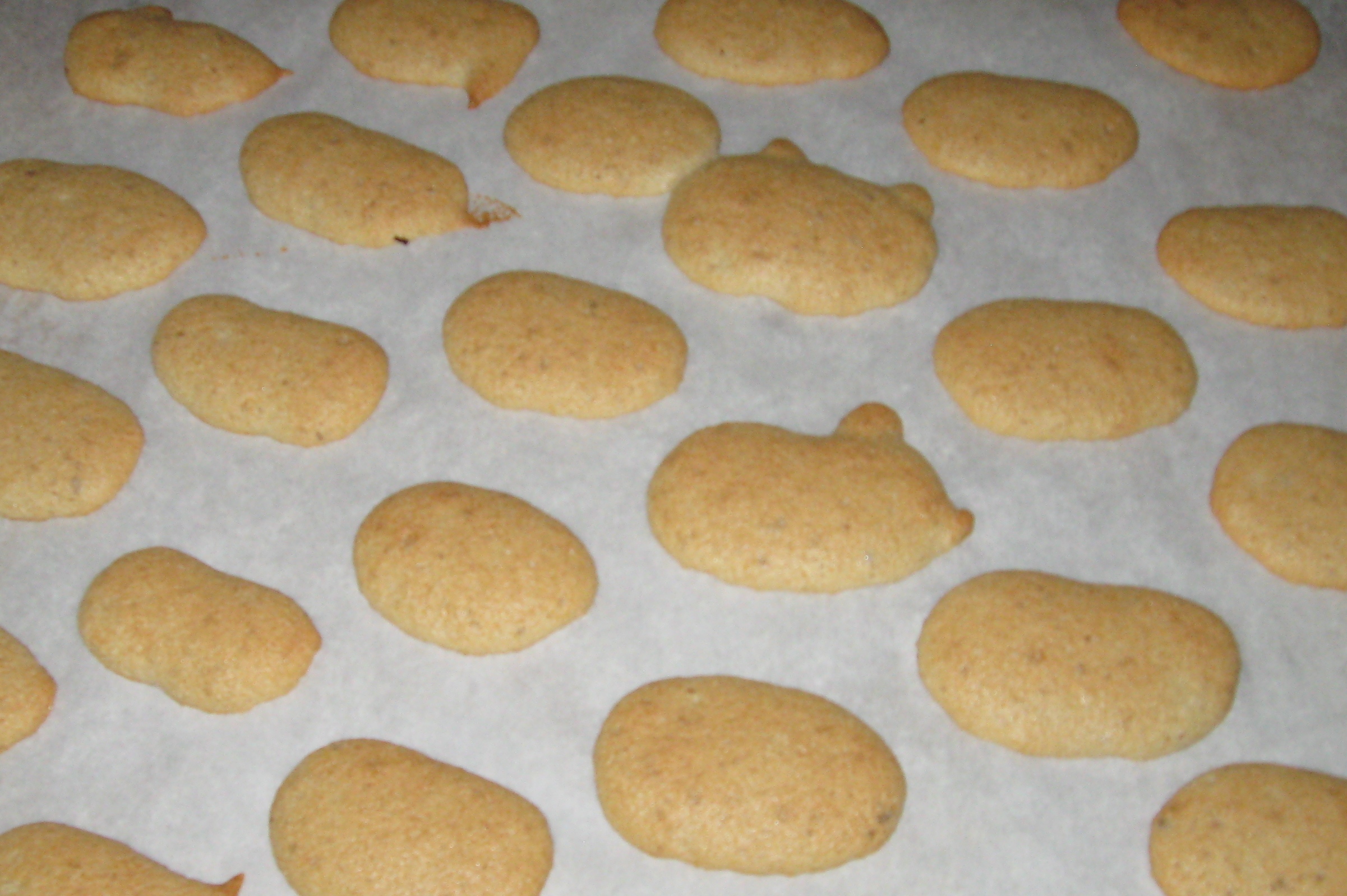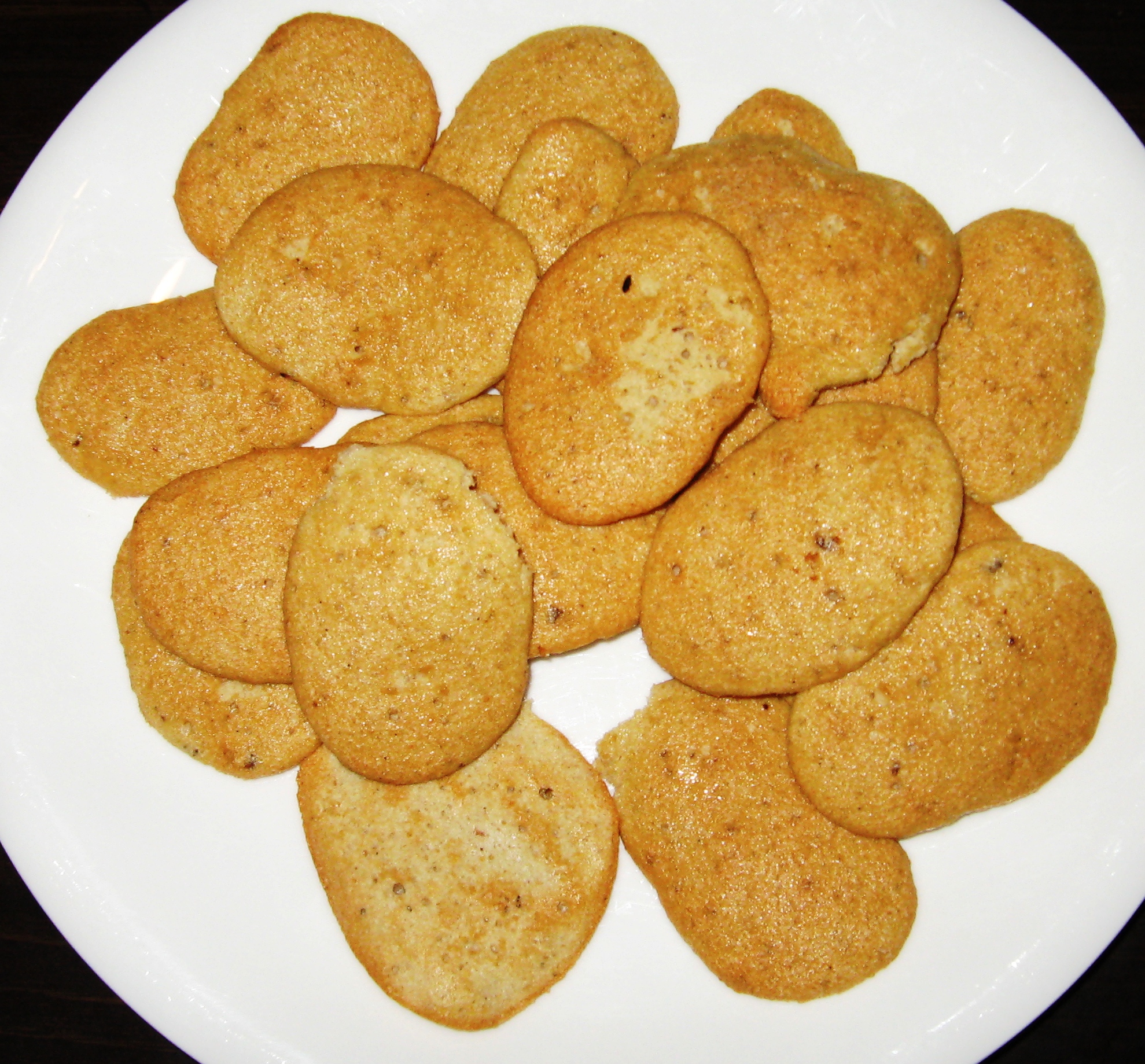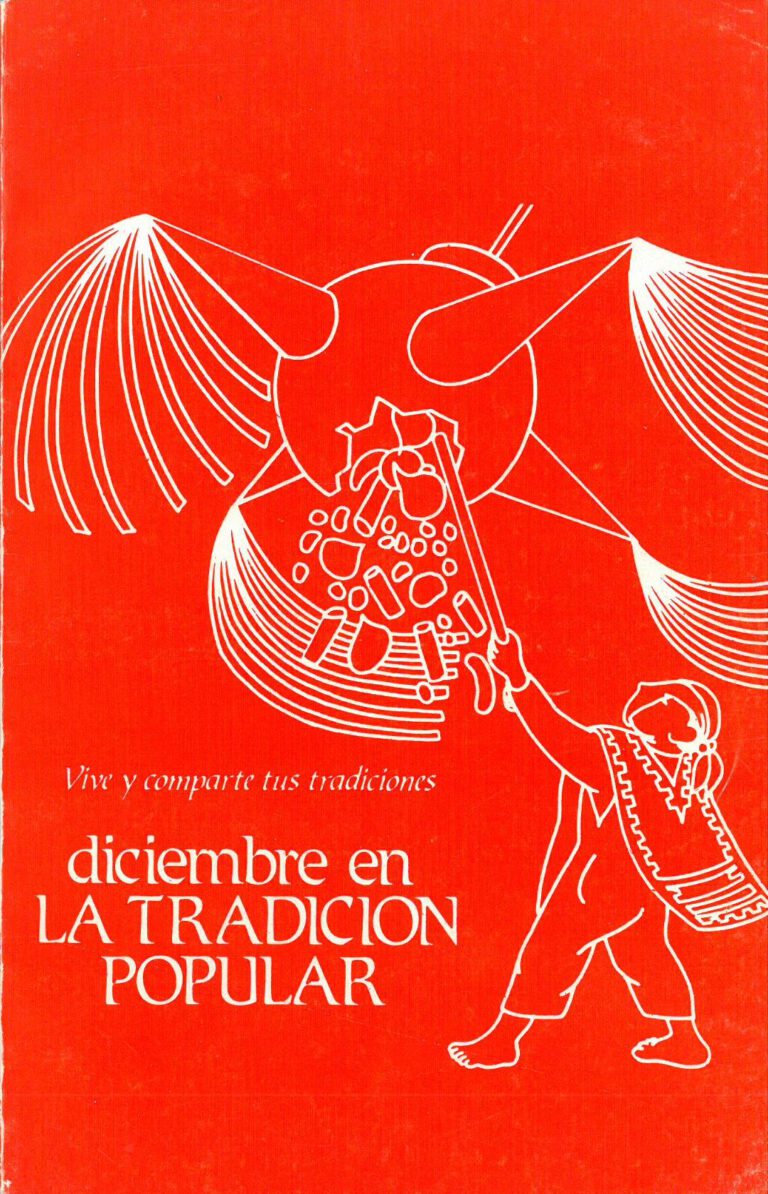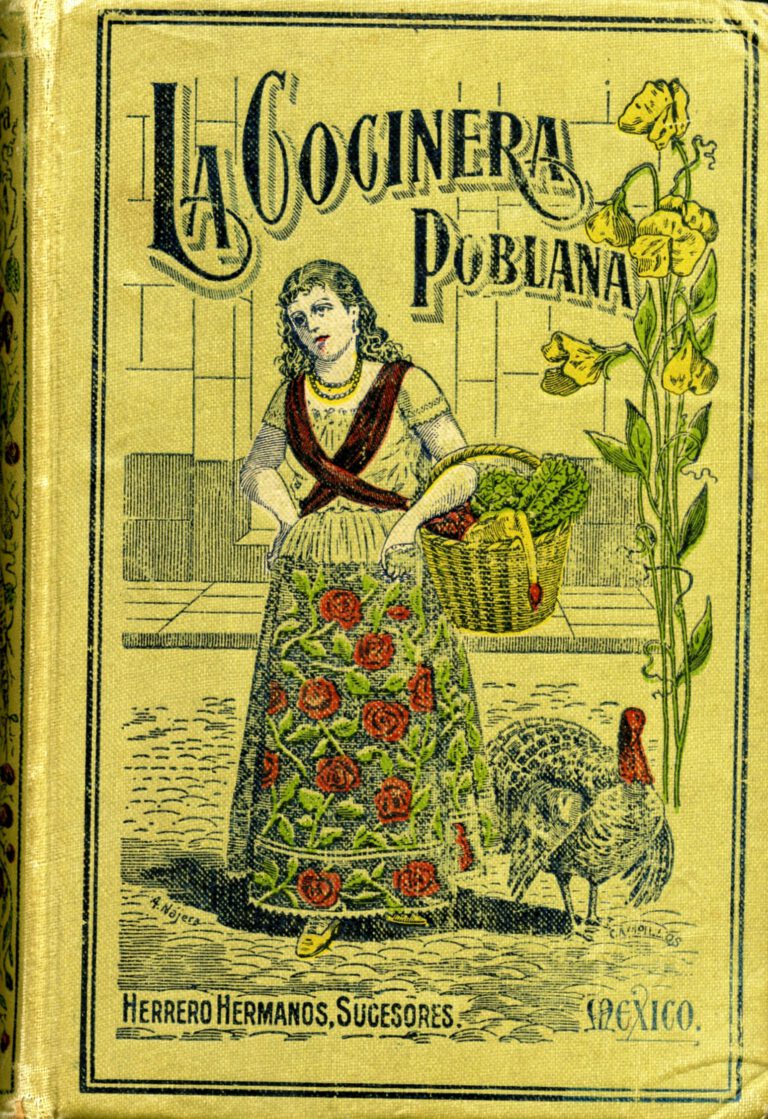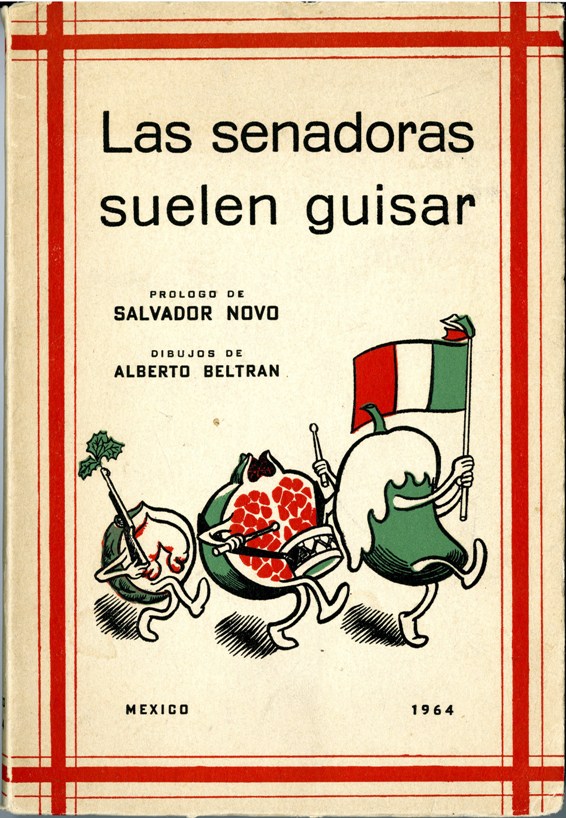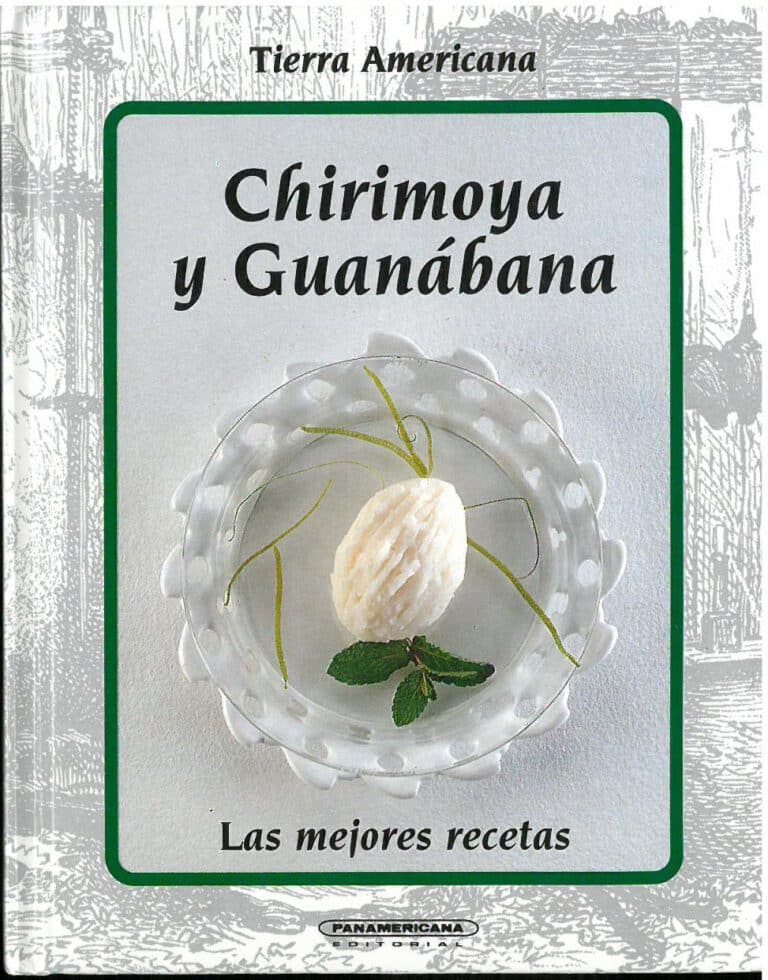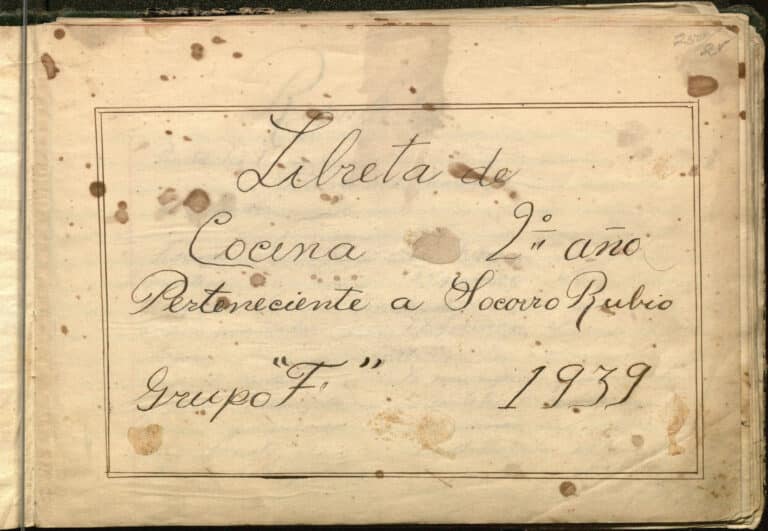Lenguas de Gato (191?) – Cat Tongues Cookies
Pardo, Alejandro. El Verdadero Práctico: Manual para las Familias. Mexico : s.n., 191-? Pp. 137-138 [TX716.M4 V473 1910z].
Last week’s post described Mexico City chef Alejandro Pardo’s first cookbook: El Verdadero Práctico, published in the early 1910s. One of the many pastry recipes he includes is for Lenguas de Gato or cat tongue cookies.
UTSA manuscripts curator, Nikki Lynn Thomas, prepared a more contemporary version of Lenguas de Gato last year from El Niño Panadero (1989), so I was curious to see how Pardo’s more classic recipe for these cookies would compare.
Pardo’s recipe uses powdered, rather than granulated, sugar; ground vanilla bean rather than orange zest, and melted, rather than softened butter. However, the results appear fairly similar. In fact, I even had exactly the same problem Nikki experienced last year. Although delicious, my cat tongues spread much more than I had expected while they baked.
I may not have beaten the egg whites quite long enough, but I suspect the problem was compounded by the fact that the recipe mixes beaten egg whites (which rely on not touching oil in order to stay fluffy), with a batter containing butter. One recipe made three trays of cookies, and each tray spread more than the last. If making these again, I would split the pre-egg white batter into three parts, and then mix a third of the egg whites into each part just before filling the pastry bag, squeezing the cookies, and popping them in the oven.
Like ladyfingers, cat tongue cookies have a spongy texture that would go well with pudding or custard desserts. And since Pardo’s recipe calls for five egg whites, but no egg yolks, the recipe, too, would pair perfectly with an egg custard. Unfortunately, I did not have time for additional cooking that night, so after reserving a few to eat fresh, I froze the remaining cat tongues for future custard-making experiments.
Lenguas de Gato (137)
-
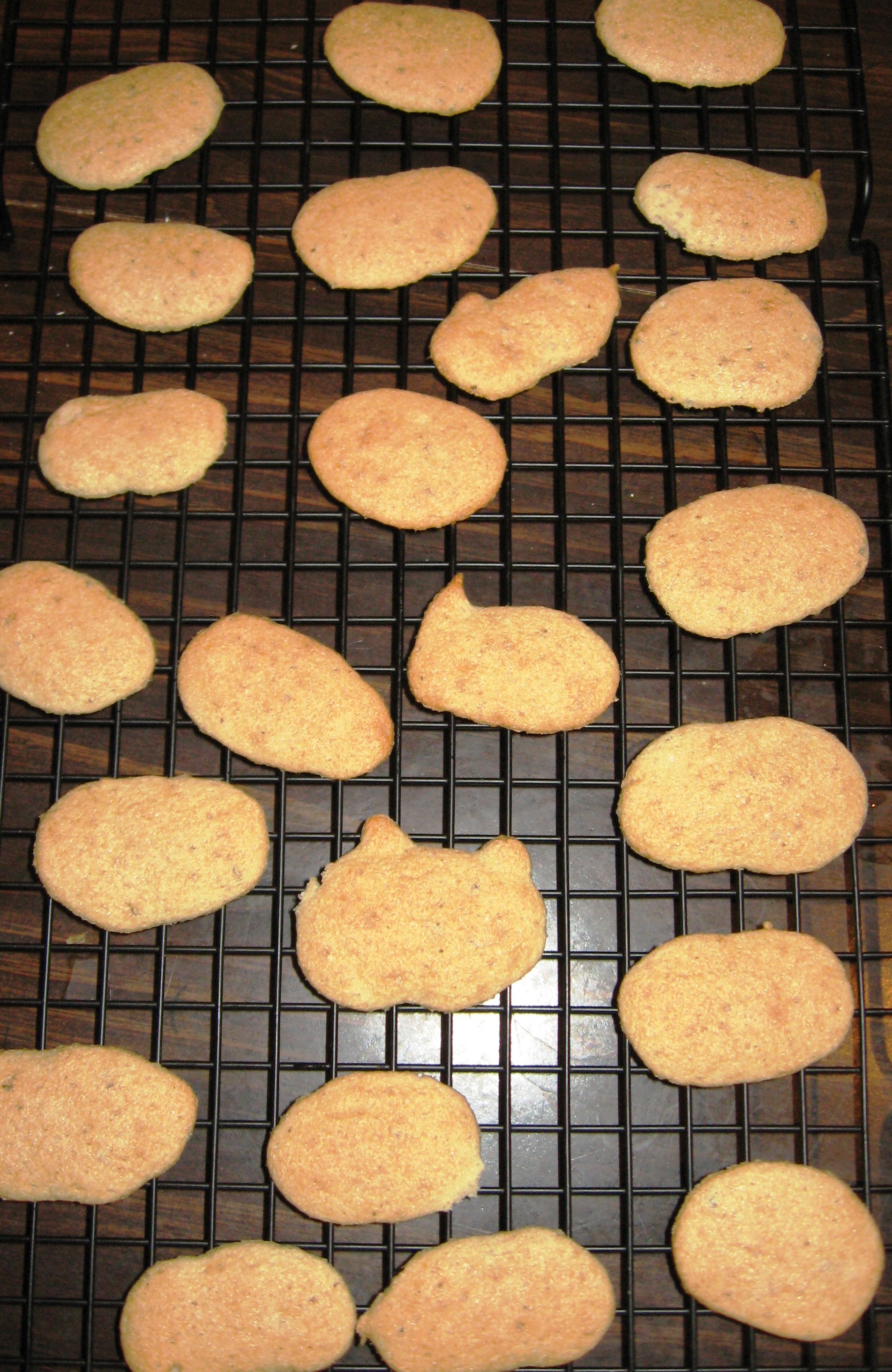 150 gramos de azúcar blanca, molida.
150 gramos de azúcar blanca, molida. - 150 gramos de harina flor tamizada.
- 1/8 litro de leche cocida y fría.
- 5 claras de huevo, vainilla y
- 75 gramos de mantequilla
Modo de hacer la pasta:
En una cazuela limpia, se pone la harina cernida y el azúcar; se mezcla con una cuchara de palo y se le agrega la leche y la vainilla molida; se bate muy bien y se le pone la mantequilla derretida; se vuelve á mezclar bien; las claras se baten aparte, en un cazo de cobre, con un batidor en forma de globo, á punto de turrón; las claras batidas se mezclan con la pasta, con una cuchara de palo; luego se engrasan las latas con muy poca mantequilla, y se espolvrean de harina; luego, con una bolsa de manta acordonada, y con un tubo de hoja de lata del diámetro de un lapiz Delgado, se cortan en forma de soletas delgadas y se cuecen á horno caliente; luego que están doradas, se sacan del horno y calientes se despegan con un cuchillo.
Cat Tongues (137)
- 1 ¼ cups powdered sugar
- 1 ¼ cups sifted flour
- 1/8 liter of scalded milk [heated to 180*F and cooled]
- 5 egg whites
- vanilla [bean, ground]
- 1/3 cup butter
How to prepare the dough:
Place the sifted flour and sugar in a clean bowl and mix with a wooden spoon.
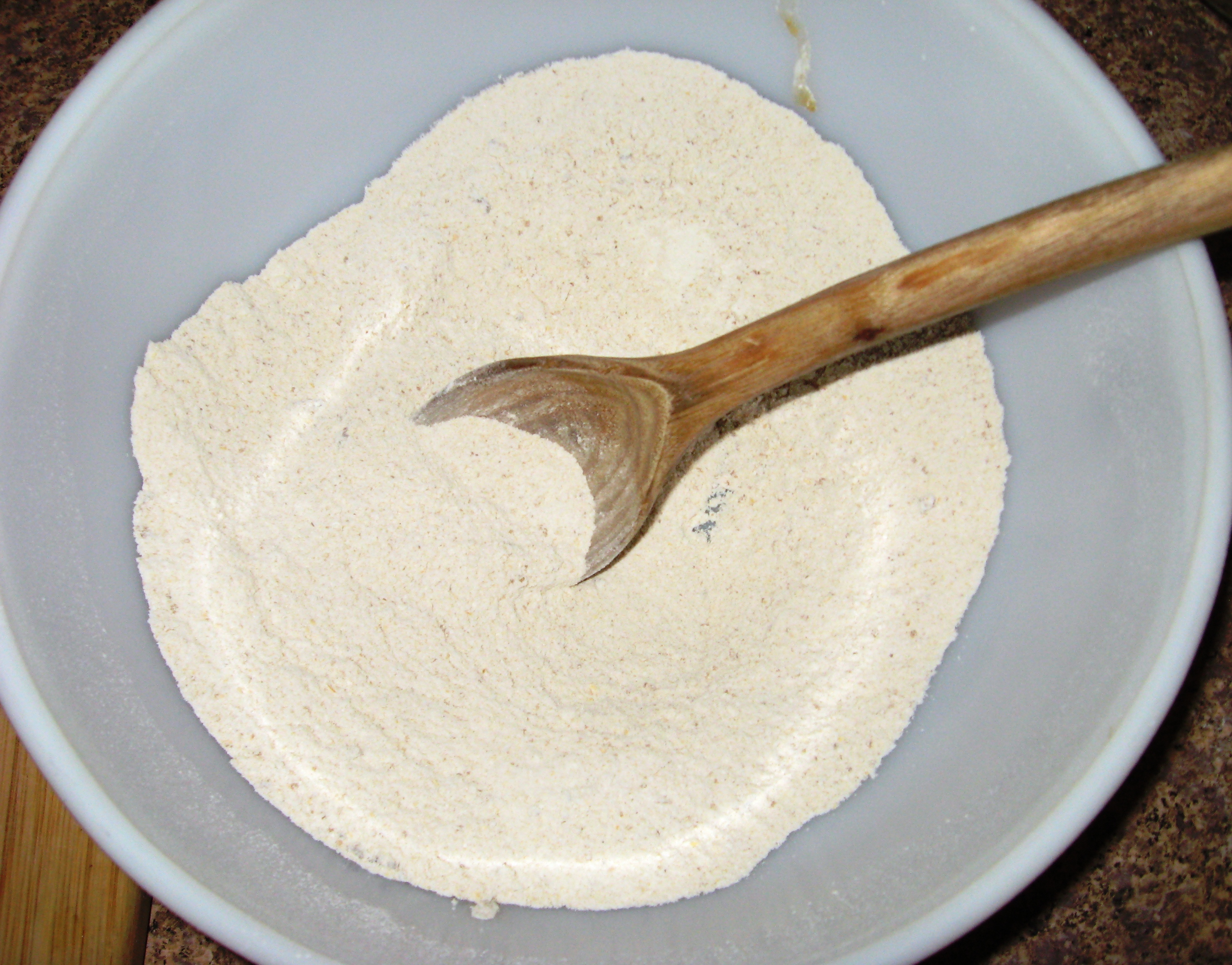
Add the milk and the ground vanilla bean.
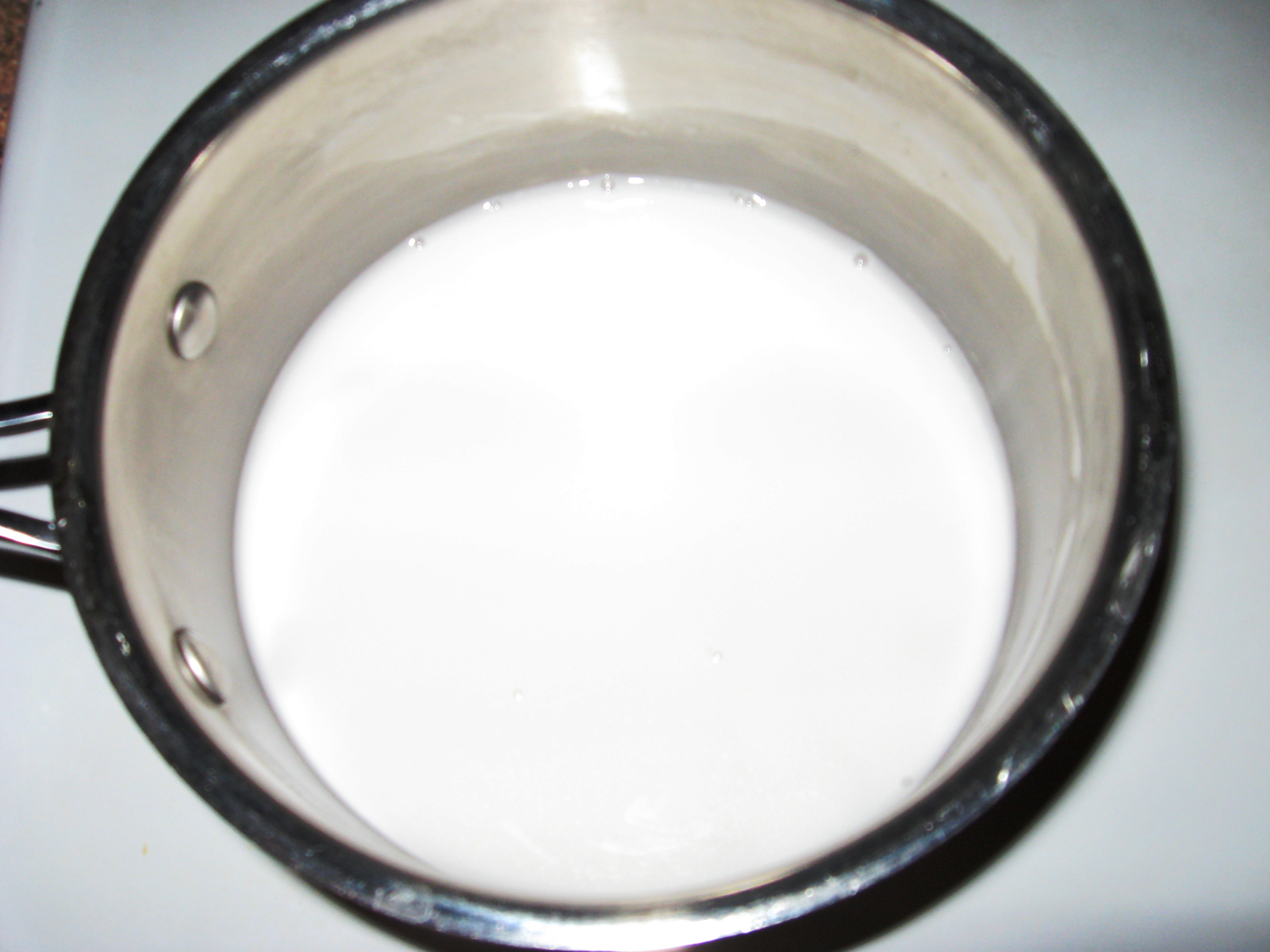
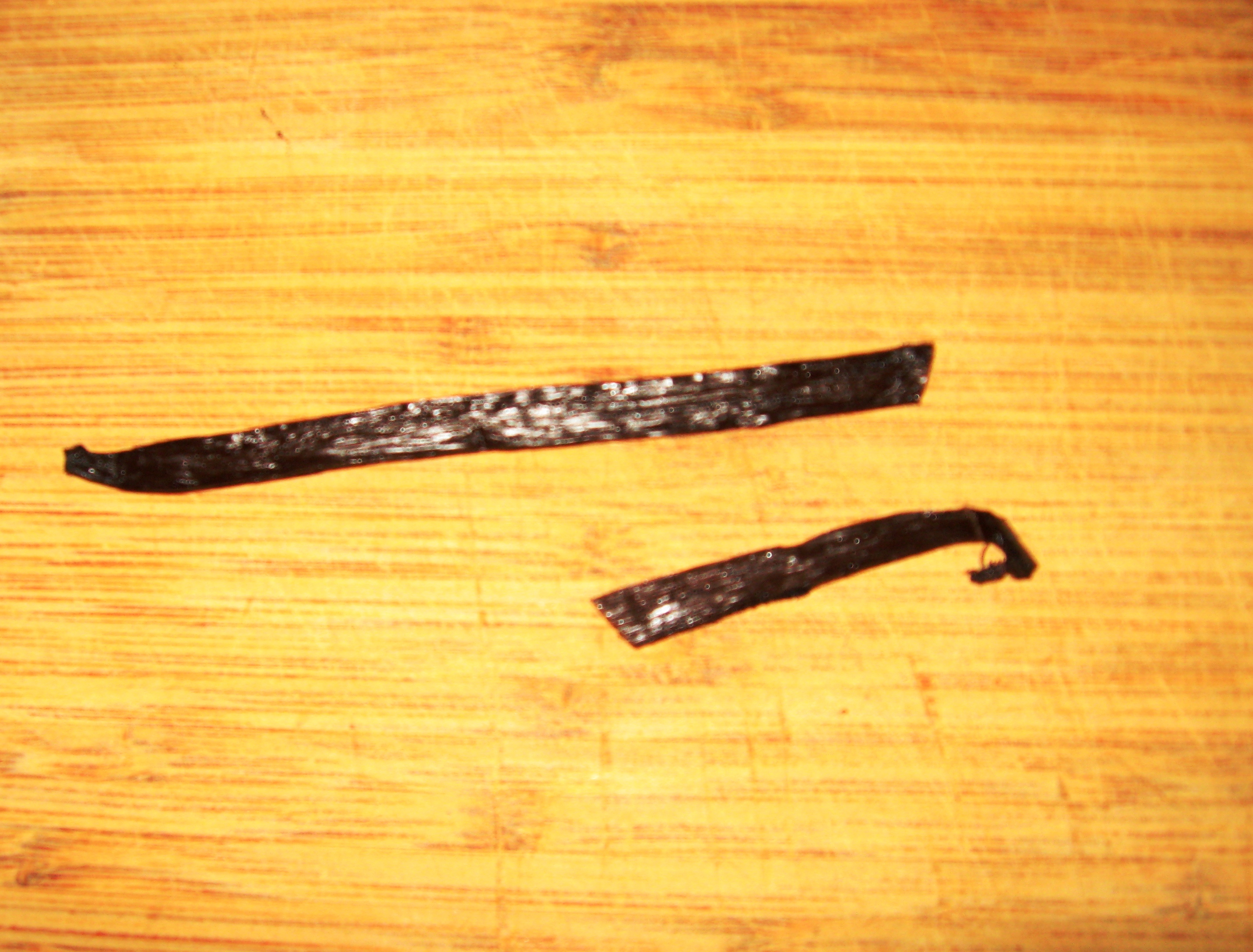
Beat very well and add the melted butter. Mix well.
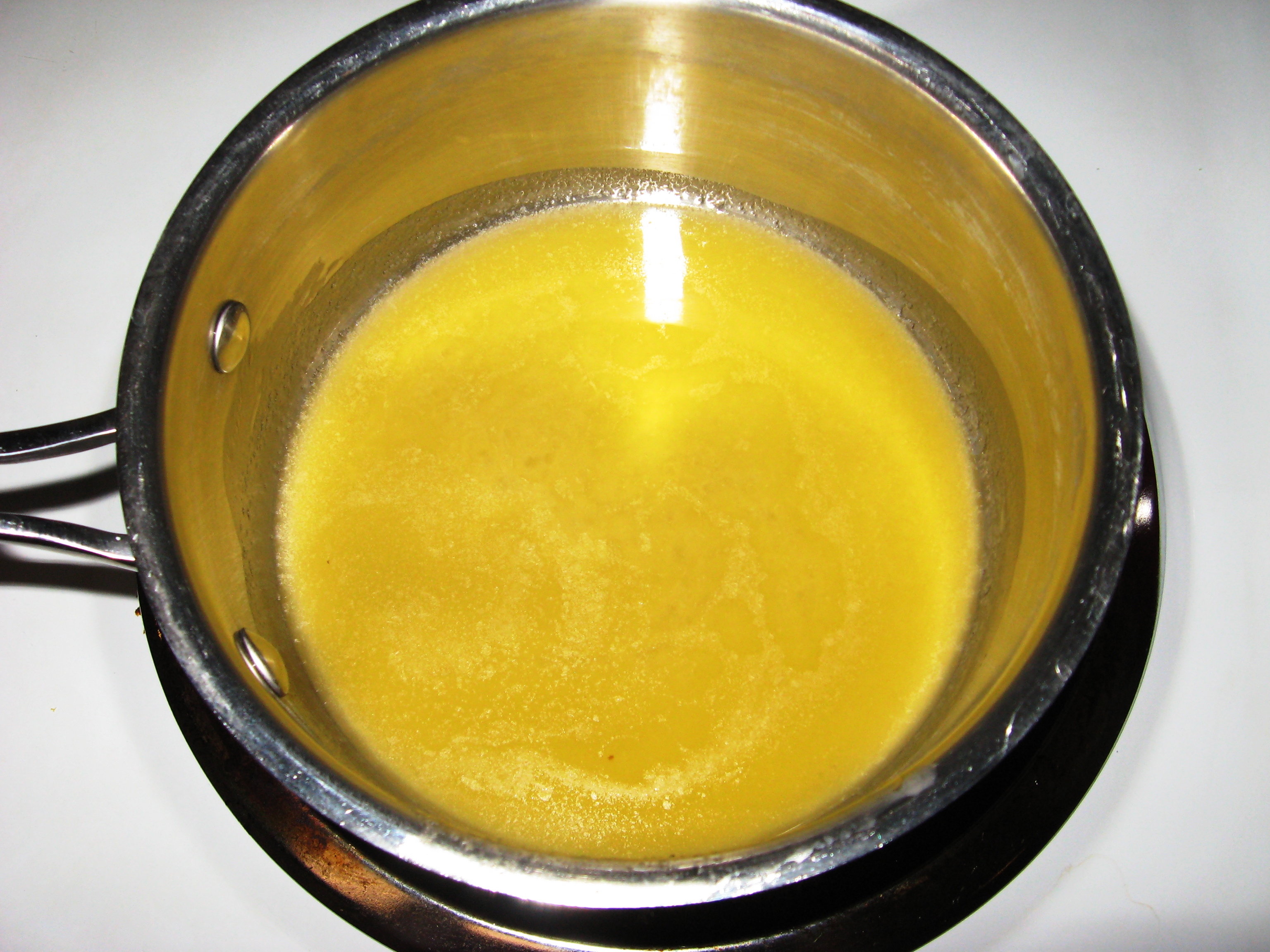
Beat the egg whites separately in a copper bowl with a balloon whisk until stiff.
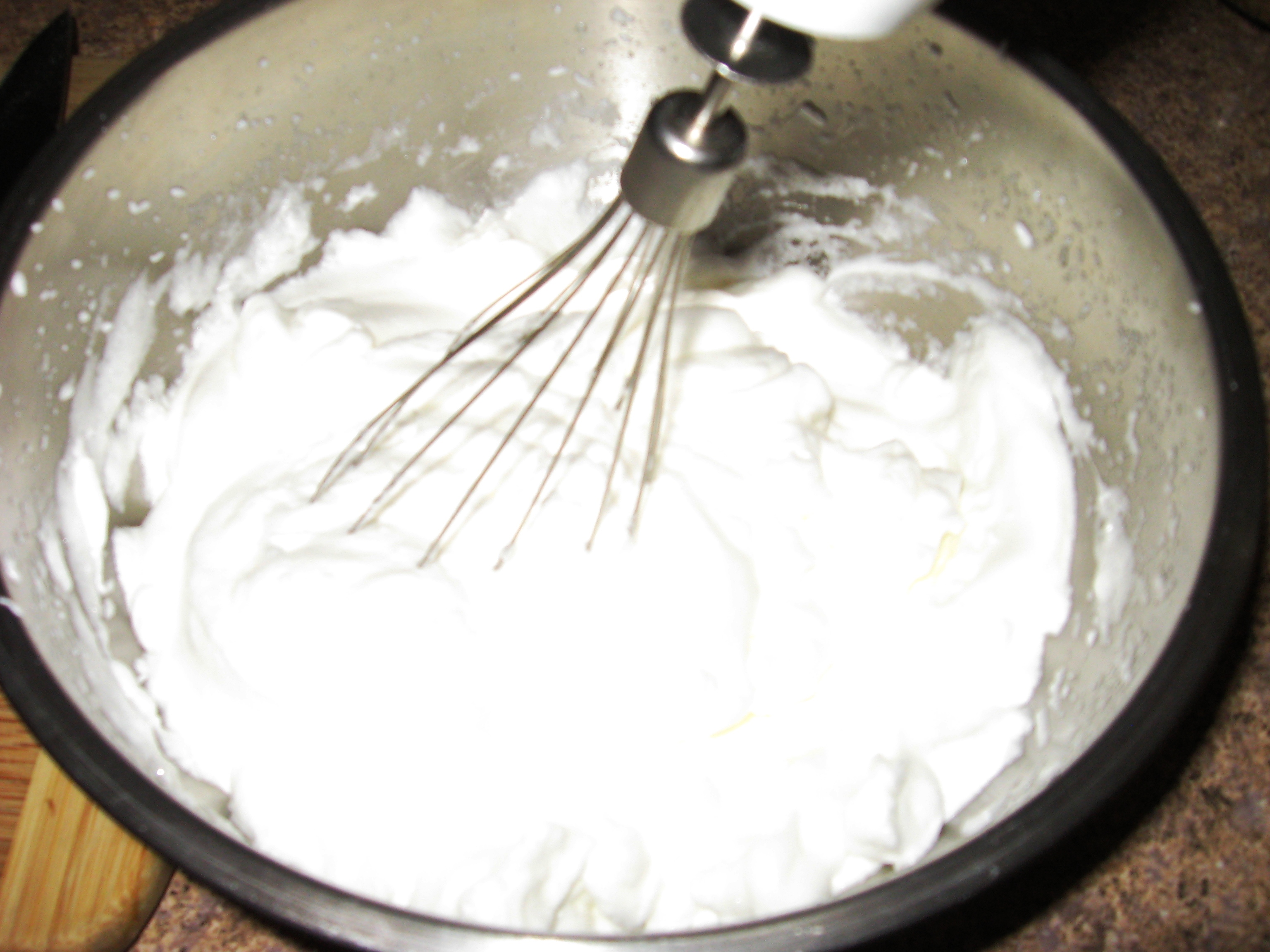
Mix the beaten egg whites mixed into the dough with a wooden spoon.
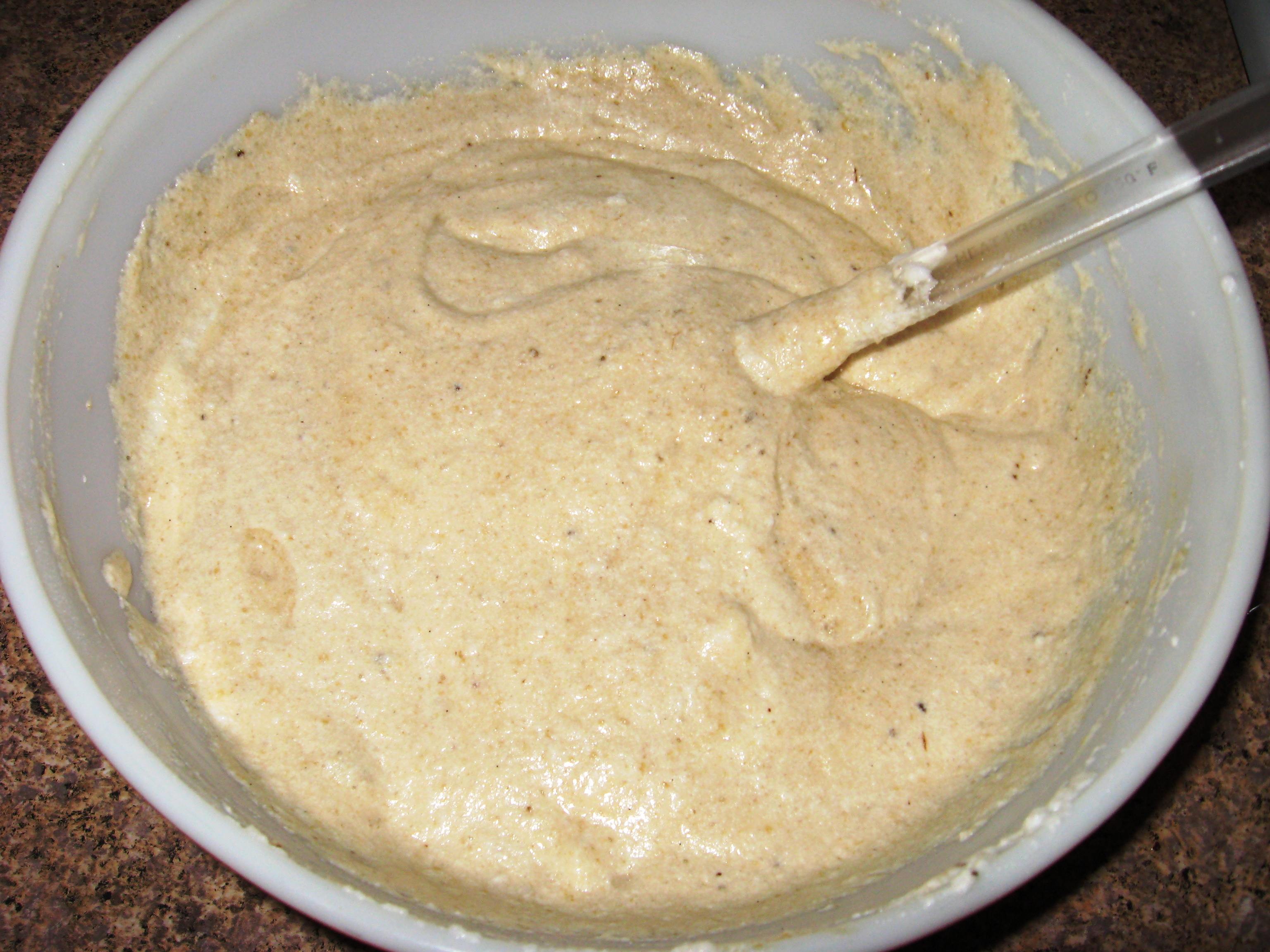
Then, grease the baking tins with a little butter, and sprinkle with flour. Then, with a pastry bag and a decorator’s tip about the diameter of a thin pencil, make cookies in the form of thin ladyfingers and cook in a hot oven.
Note: I used parchment paper, rather than greasing the baking sheets, and baked at 400* F.
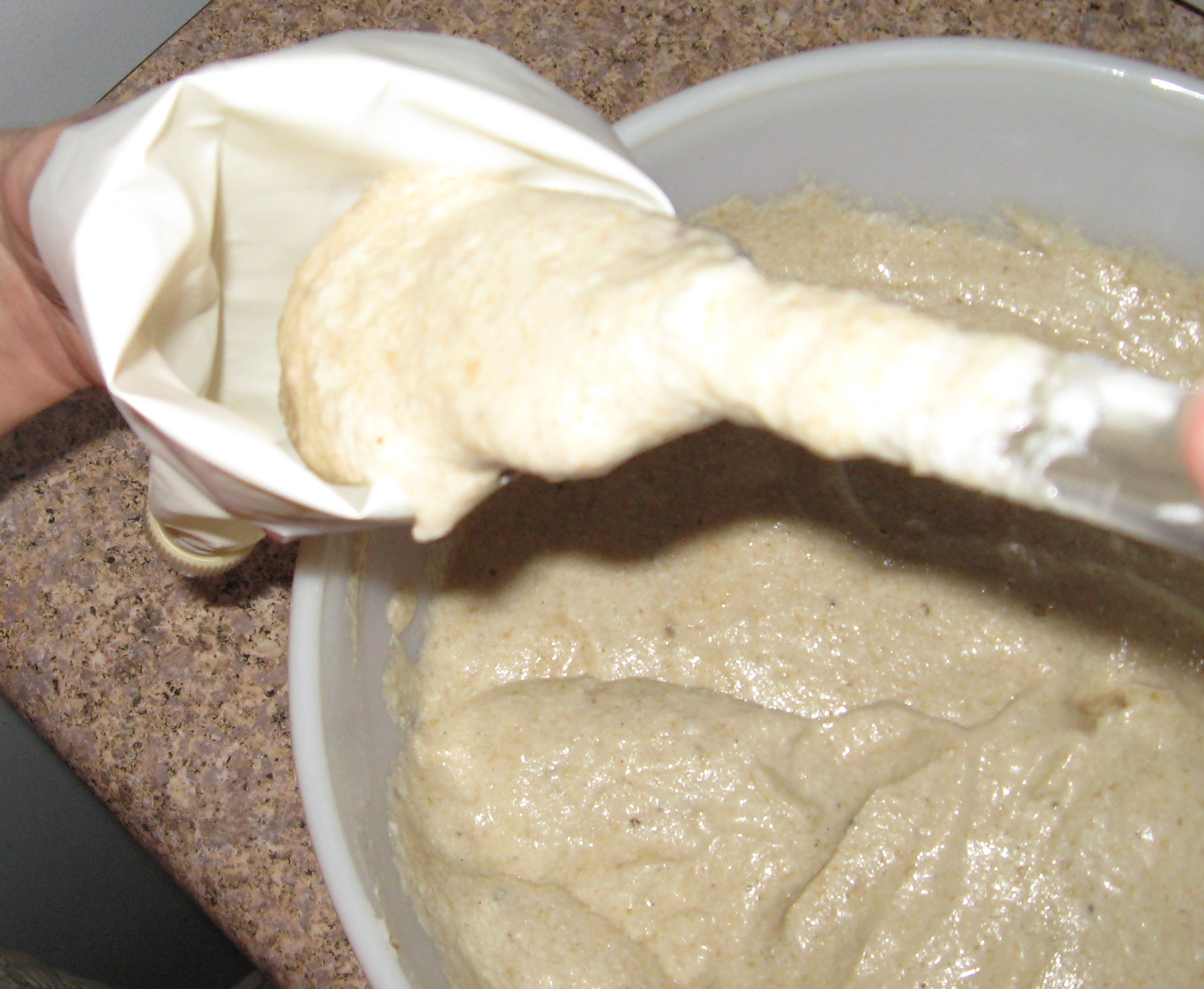
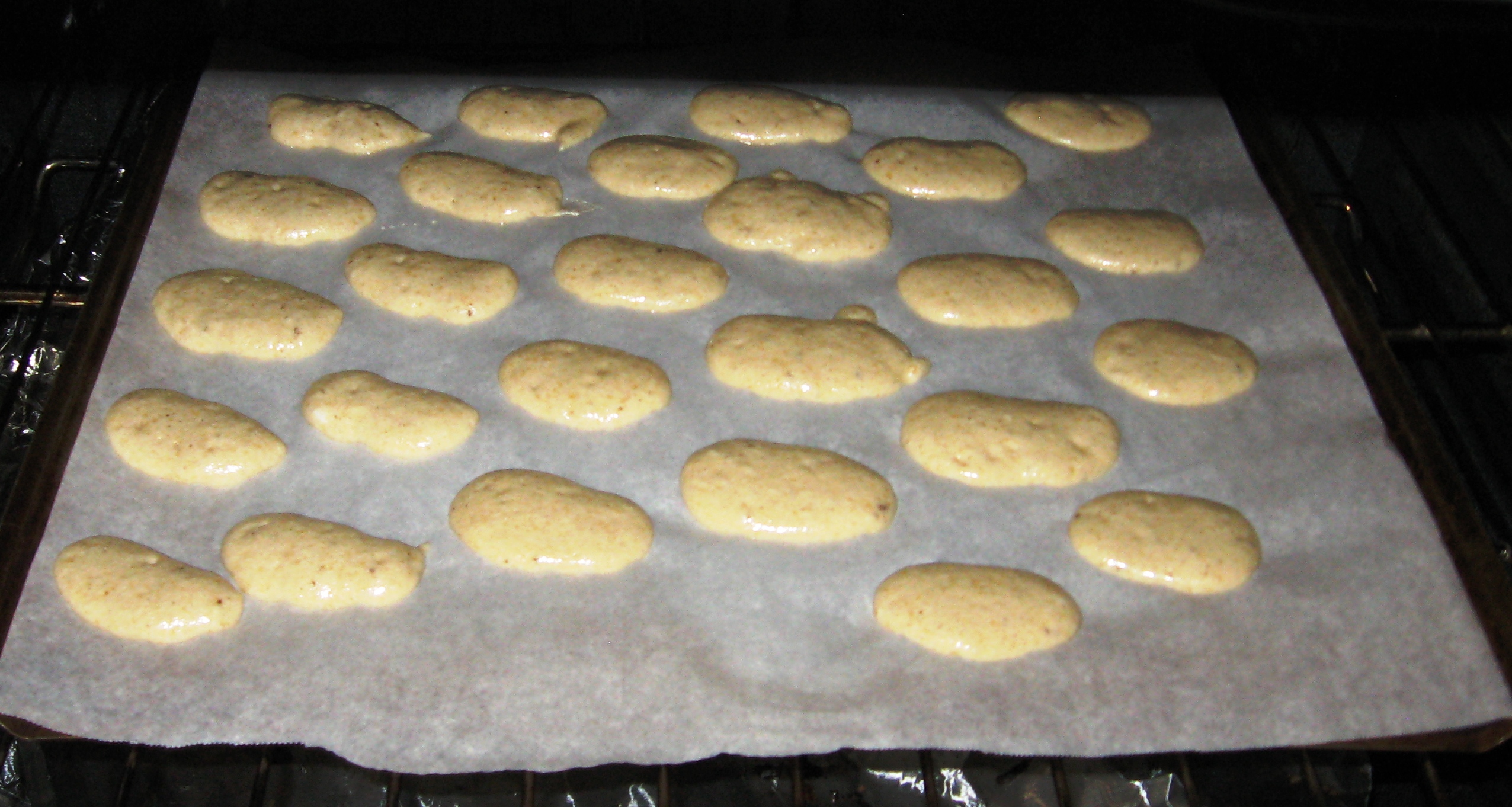
Then, when golden, remove from the oven and remove them from the baking tin with a knife, while they are still hot.
Note: This takes between 7-10 minutes. Watch carefully.
